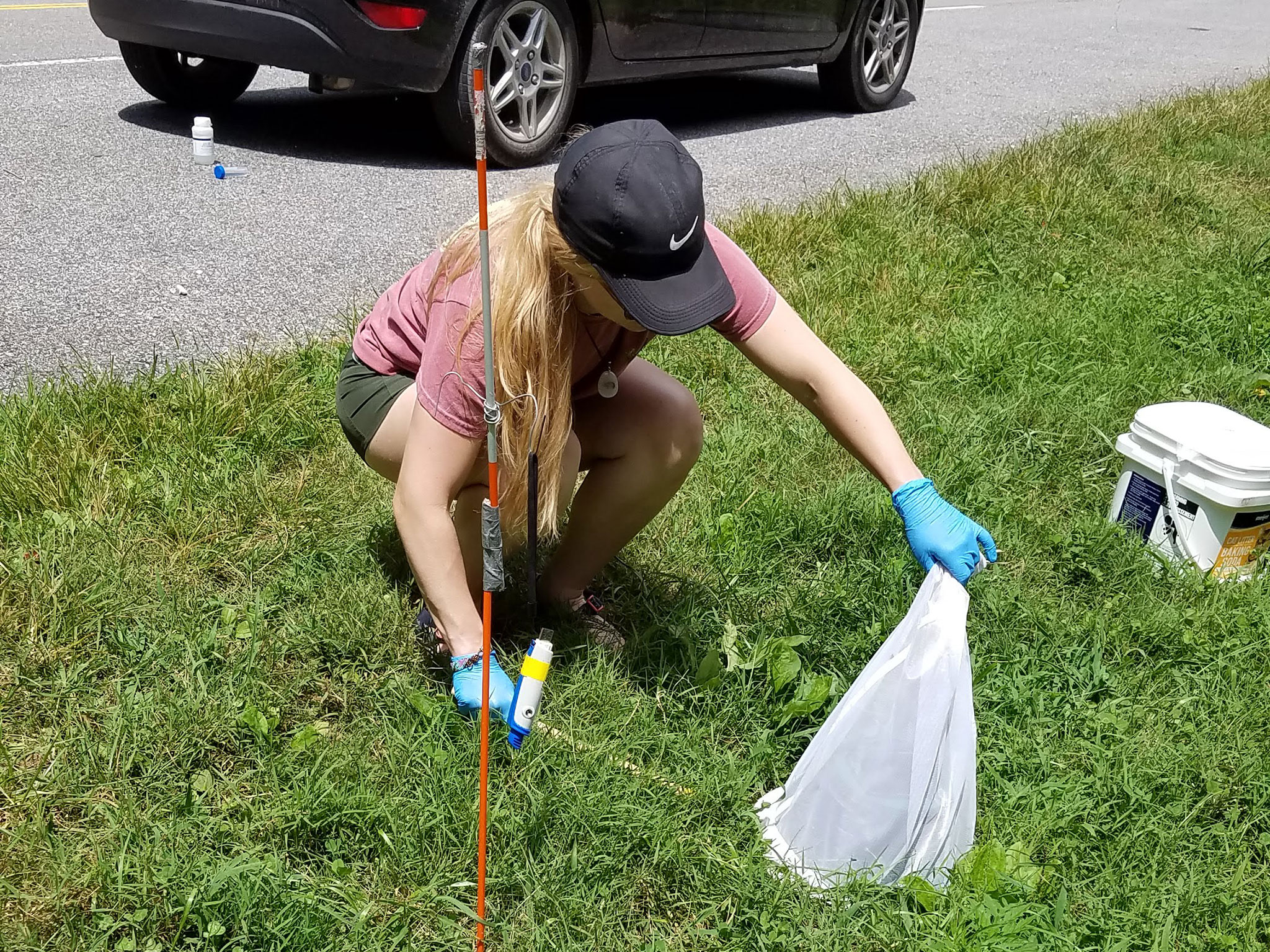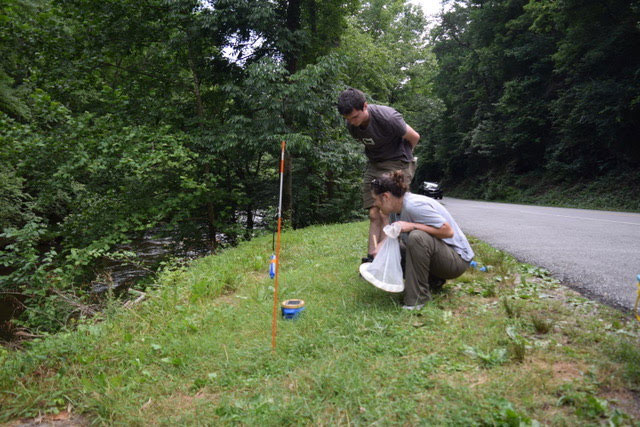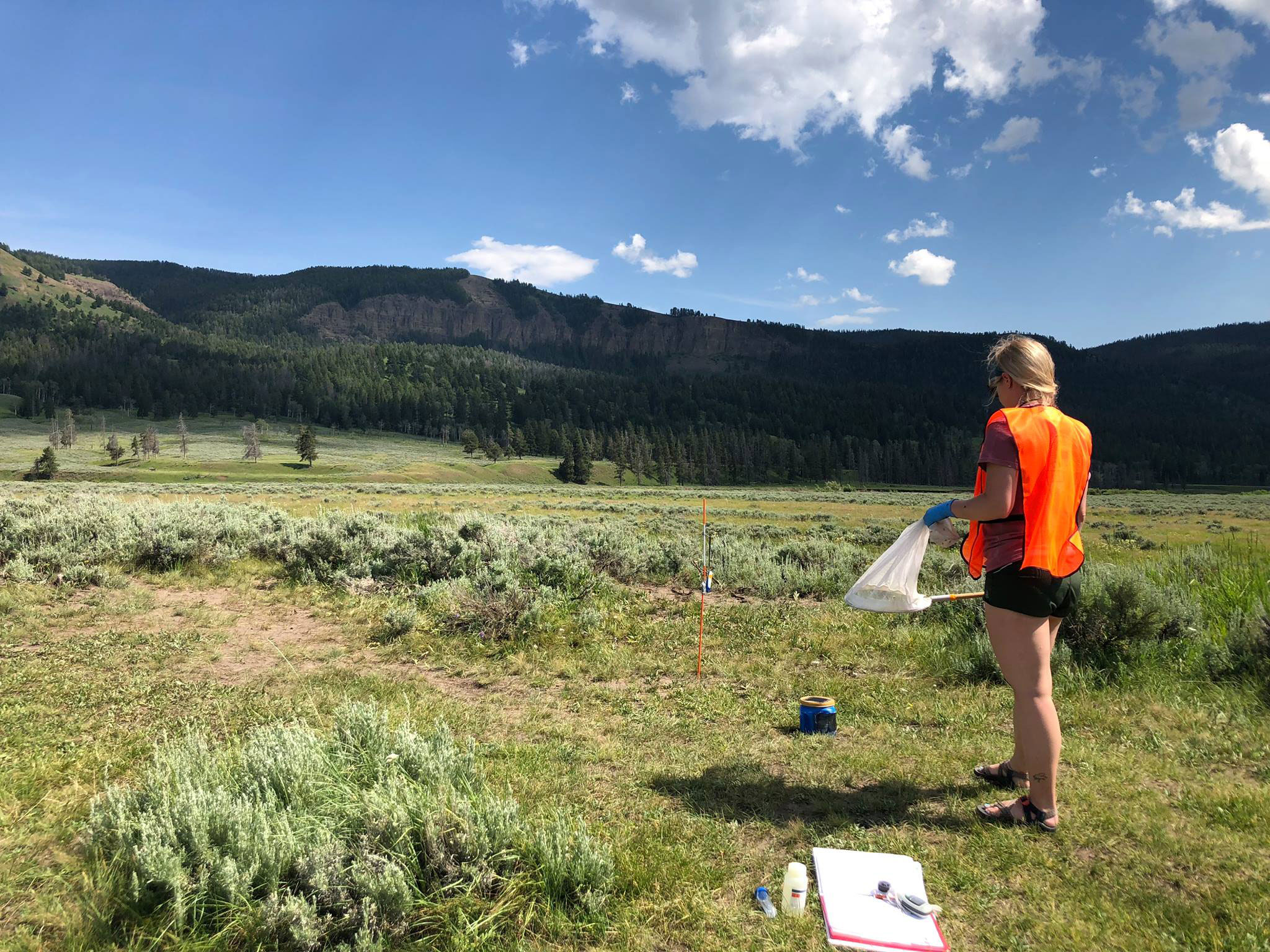INDIANAPOLIS -- They say you are what you eat; that’s the case for every living thing, whether it’s humans, animals, insects, or plants, thanks to stable isotopes found within.
Now a new study explores these stable isotopes in blow flies as a non-invasive way to monitor the environment through changes in animals in the ecosystem. The work by IUPUI researchers Christine Picard, William Gilhooly III, and Charity Owings, was published April 14 in PLOS ONE.
A postdoctoral researcher at the University of Tennessee-Knoxville, Owings was a Ph.D. student at IUPUI at the time of the study.
“Blow flies are found on all continents, with the exception of Antarctica. Therefore, blow flies are effectively sentinels of animal response to climate change in almost any location in the world,” said Gilhooly, who said the disruptions of climate change has increased the need to find new ways to monitor animals’ environments without disturbing them.
The multidisciplinary research between the biology and earth science departments began more than four years ago to answer a fundamental ecological question: “What are they (blow flies) eating in the wild,” Owings asked. “We know these types of flies feed on dead animals, but until now, we really had no way of actually determining the types of carcasses they were utilizing without actually finding the carcasses themselves.”
“Stable isotopes are literally the only way we could do that in a meaningful way,” Picard added.
Stable isotopes include carbon, nitrogen, hydrogen, oxygen, among others. Stable isotopes are found in the food we eat, and become a part of us.
“When we eat a hamburger, we are getting the carbon isotopes that came from the corn that the cow was fed. Flies do the exact same thing,” said Gilhooly.
Picard and Owings set out to collect blow flies in Indianapolis, Yellowstone National Park and the Great Smoky Mountains.


